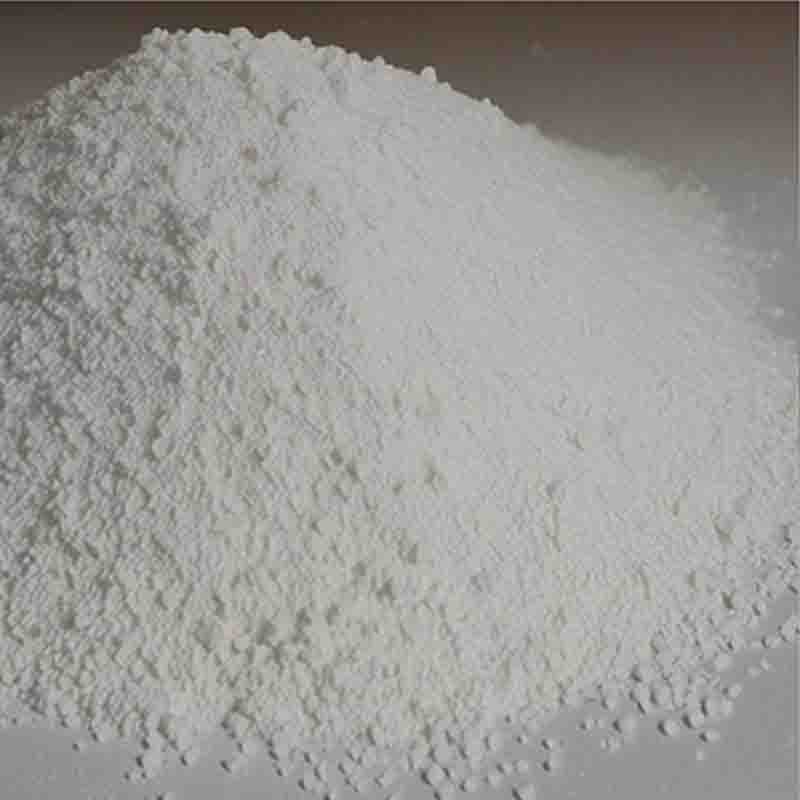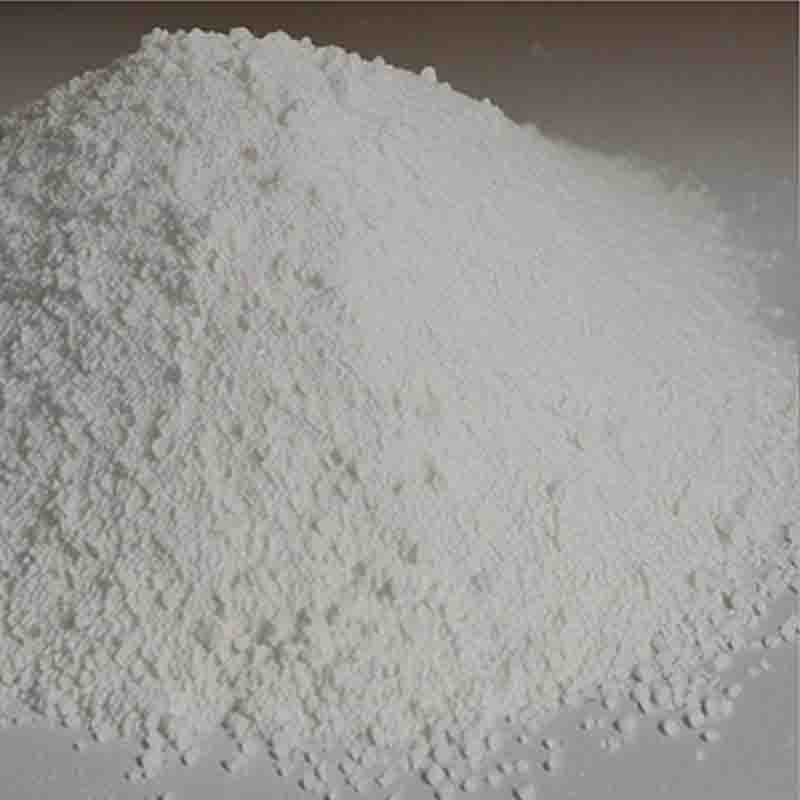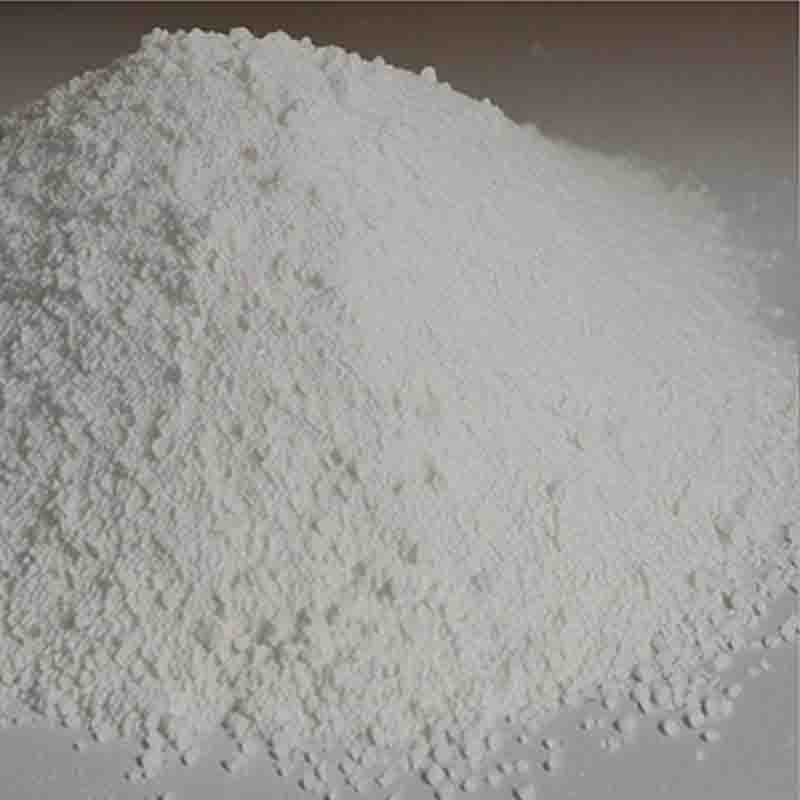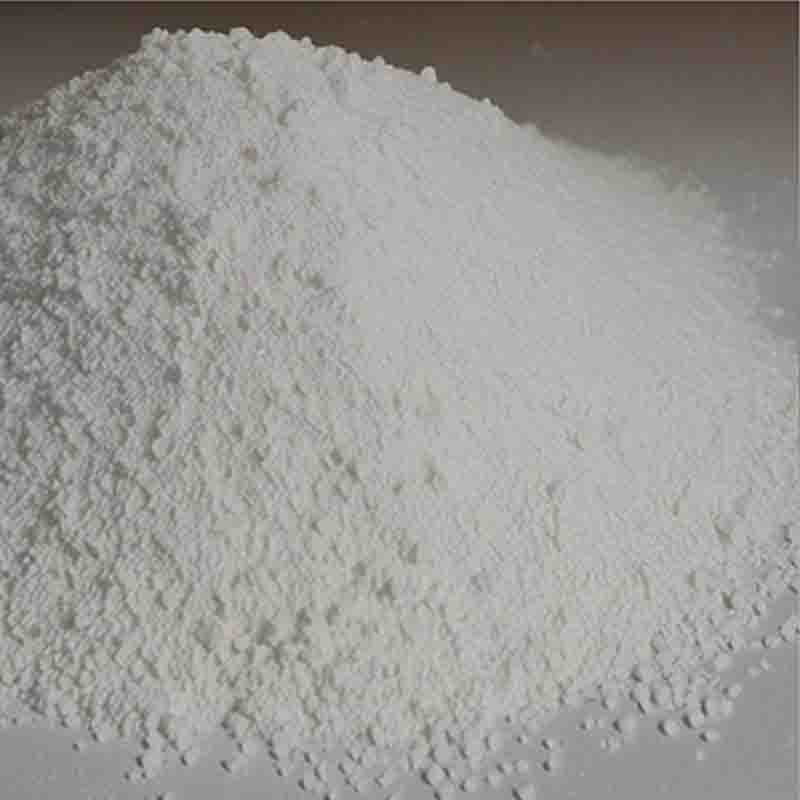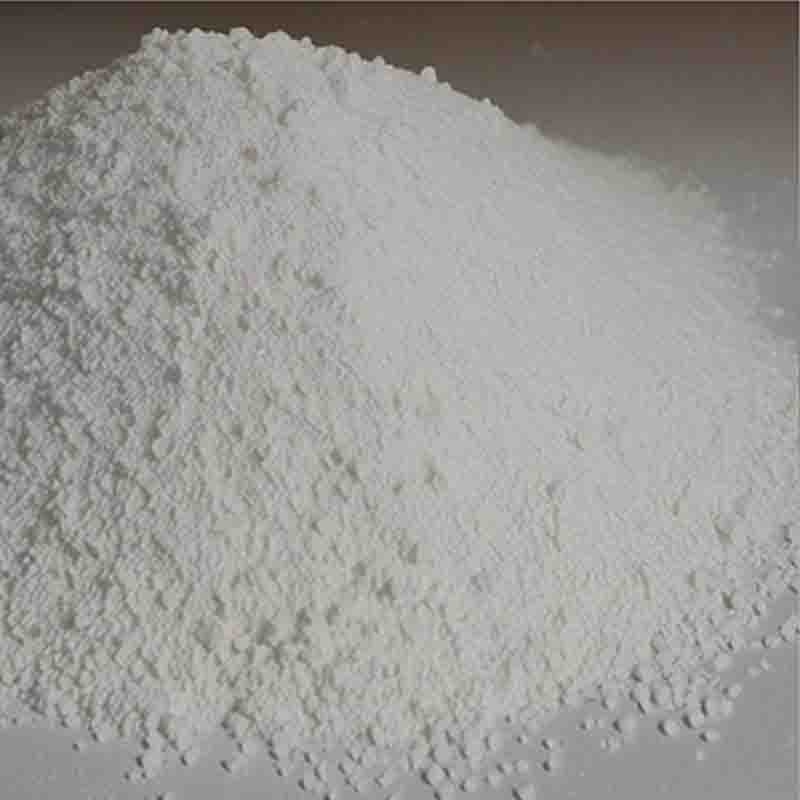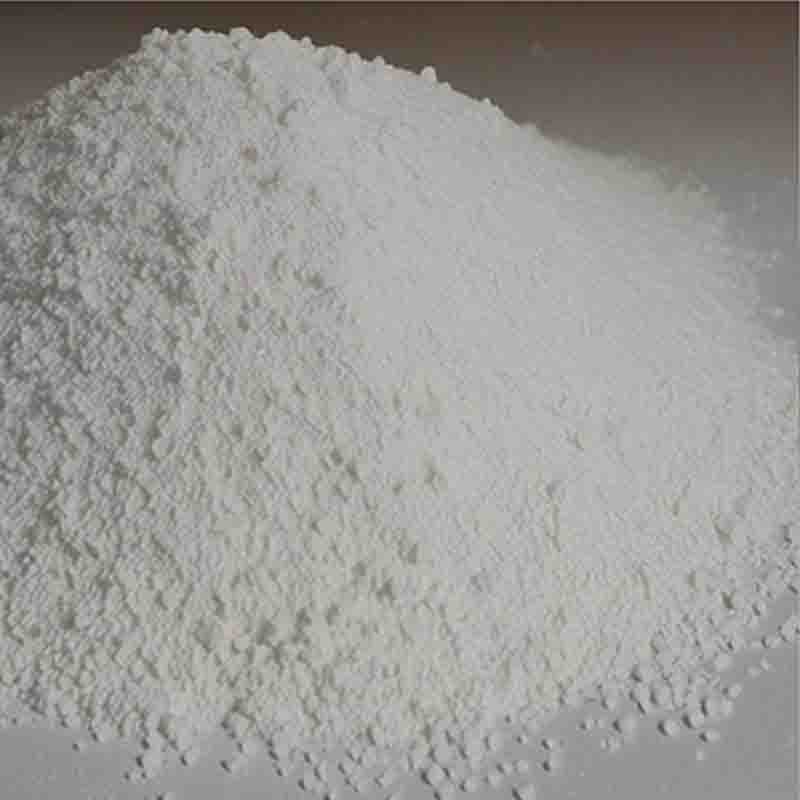1,3-bis[3-(dimethylamino)propyl]urea CAS: 52338-87-1
| Catalog Number | XD94902 |
| Product Name | 1,3-bis[3-(dimethylamino)propyl]urea |
| CAS | 52338-87-1 |
| Molecular Formula | C11H26N4O |
| Molecular Weight | 230.35 |
| Storage Details | Ambient |
Product Specification
| Appearance | White powder |
| Assay | 99% min |
1,3-bis[3-(dimethylamino)propyl]urea, also known as BDMU, is a chemical compound with various applications in different industries.
One of the primary uses of BDMU is in the field of polymer chemistry. It is commonly used as a curing agent or a crosslinking agent in the synthesis of epoxy resins. BDMU can react with epoxy groups to form crosslinks, enhancing the mechanical and thermal properties of epoxy resins. It is particularly useful in the production of adhesives, coatings, and composites.
Furthermore, BDMU finds application in the field of pharmaceuticals. It can serve as a building block or an intermediate in the synthesis of various pharmaceutical compounds. BDMU can be used to introduce dimethylamino groups into drug molecules, which can enhance their solubility and bioavailability. It is particularly useful in the production of drugs for the treatment of cancer and other diseases.
Moreover, BDMU has applications in the field of analytical chemistry. It can be used as a derivatizing agent or a fluorescent probe in the analysis of amino acids and peptides. BDMU can react with amino groups to form fluorescent derivatives, allowing for their selective detection and quantification in samples. It is particularly useful in high-performance liquid chromatography (HPLC) and capillary electrophoresis (CE) methods.
In addition, BDMU can be utilized in the field of cosmetics and personal care products. It can be used as a conditioning agent or a moisturizer in various skincare and haircare formulations. BDMU can improve the hydration and softness of the skin and hair, making it a valuable ingredient in cosmetic products.
In conclusion, 1,3-bis[3-(dimethylamino)propyl]urea has versatile applications in polymer chemistry, pharmaceuticals, analytical chemistry, and cosmetics. Its ability to form crosslinks, introduce dimethylamino groups, and react with amino groups make it a valuable compound in the production of epoxy resins, drugs, analytical reagents, and personal care products.


![1,3-bis[3-(dimethylamino)propyl]urea CAS: 52338-87-1 Featured Image](https://cdn.globalso.com/xdbiochems/白色粉末21036.jpg)
![1,3-bis[3-(dimethylamino)propyl]urea CAS: 52338-87-1](https://cdn.globalso.com/xdbiochems/粉末2639.jpg)
